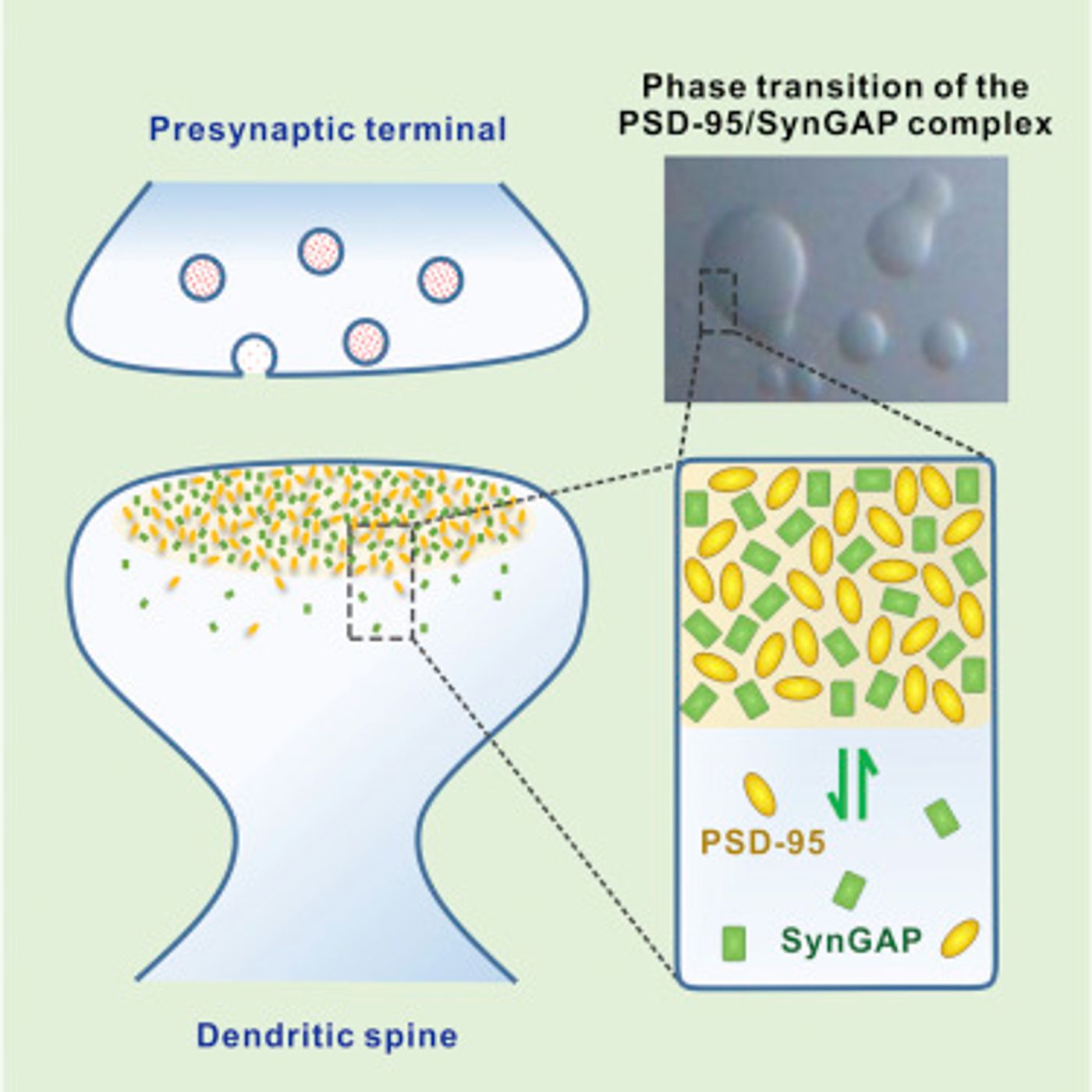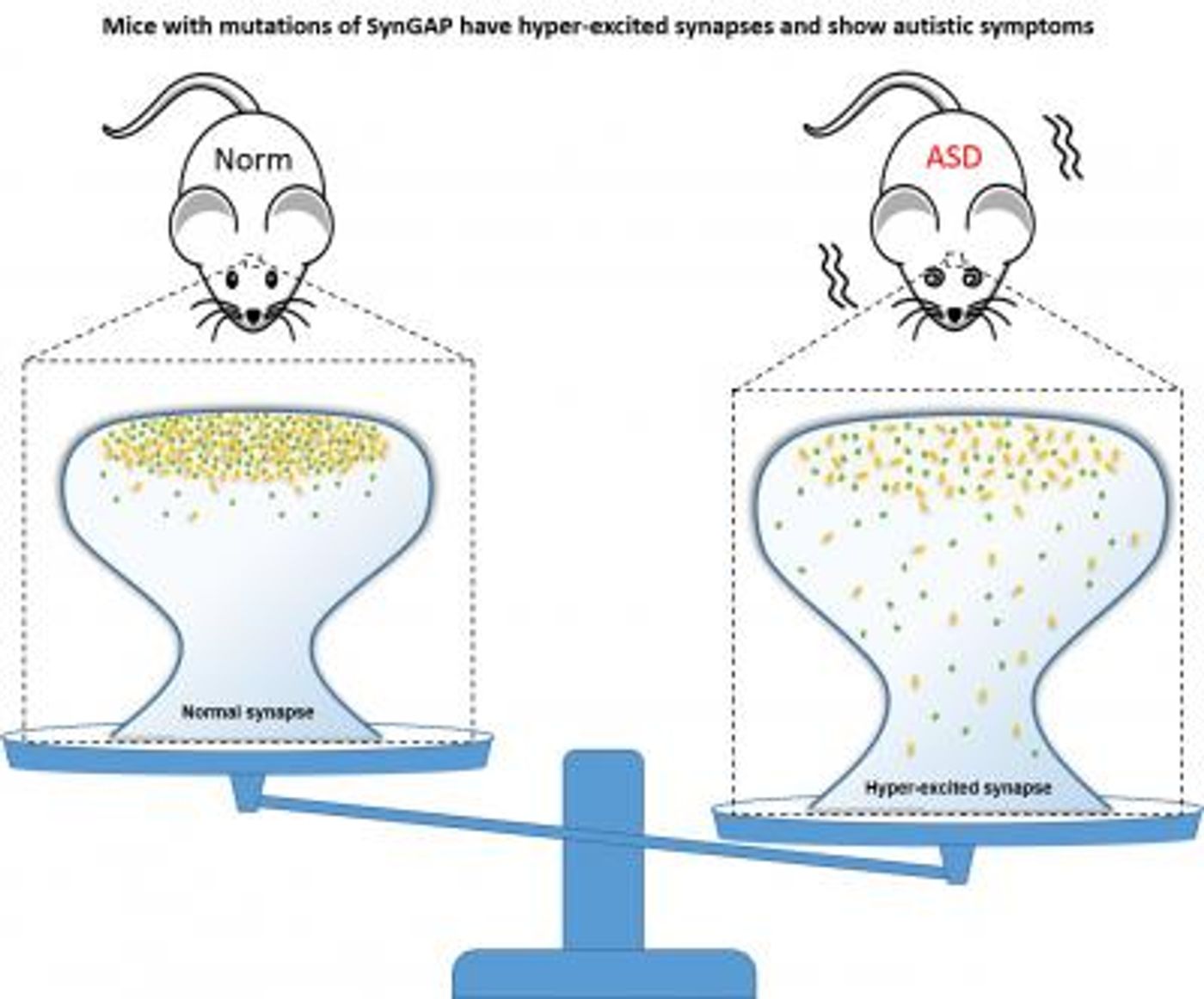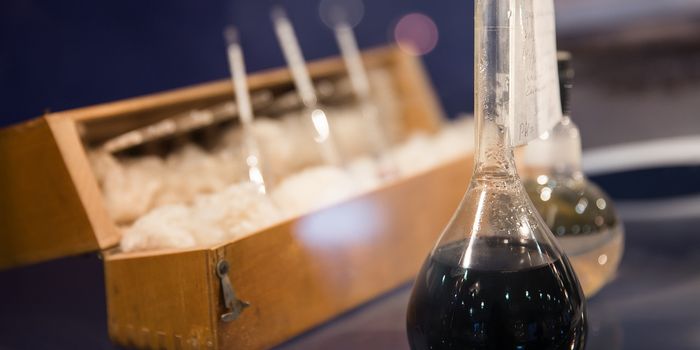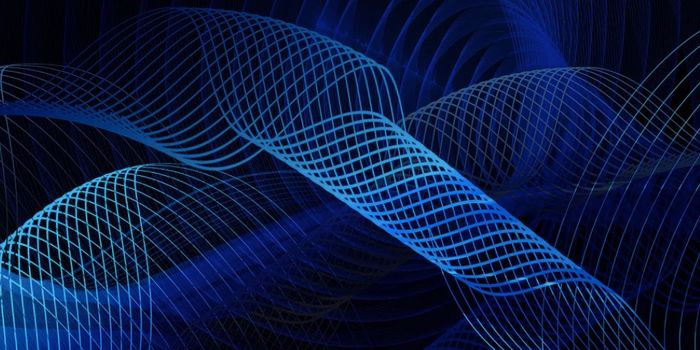Neurons signal to each other throughout the body using a connection called a synapse. While they are very small, they are critically important to how messages are sent in the body and brain. One part of the synapse is a dense layer of proteins on the membrane of the postsynaptic neuron, called the postsynaptic density (PSD). That compartment is proposed to be a vital orchestrator of neurotransmitters and is an important signaling structure. Mutations in genes that encode for proteins of the PSD have been implicated in the development of psychiatric disorders like schizophrenia and autism, and intellectual disabilities. Although PSDs have been a focus of study for 60 years, the mechanism behind their formation and dynamics are still not well understood. If you need a refresher on how neuronal synapses work, watch the video below from Khan Academy.
Researchers have now revealed more details of the PSD complex.
Publishing in Cell, scientists at The Hong Kong University of Science and Technology (HKUST) show that two PSD proteins form a self-assembled structure in both live cells and test tubes. The proteins, SynGAP and PSD-95 are known to cause autism when mutated.
Intriguingly, the SynGAP/PSD-95 assembly are stable droplets that behave like oil in the aqueous cytoplasm of cells in a phenomenon referred to as phase-transition. This could answer a long-standing mystery about the formation of PSDs. That oil-like behavior was disrupted, the researchers observed, when the SynGAP/PSD-95 proteins carry the mutations seen in autism cases.

"SynGAP and PSD-95 are famous for their roles in learning and memory as well as their involvements in diseases like autisms and epilepsy when mutated, but exactly how these two proteins carry out their functions are not very clear" explained Mingjie Zhang, the leader of the research group and Chair of the Division of Life Science at HKUST. "Our studies of the SynGAP/PSD-95 complex, via a multifaceted approach, led to an unexpected finding that living neurons can "borrow" a very fundamental phenomena called phase-transition to place different functional units at specific cellular locations.” Zhang added, "everyone has seen phase transition in our daily life. Liquid water turning into ice is a form of phase transition. Living cells can selectively "pick" certain proteins or nucleic acids to undergo phase transition forming a non-membrane-enclosed cellular compartments, so their physiological functions can be regulated."

"Our work also provides mechanistic insights into why mutations altering the SynGAP/PSD-95 interaction can contribute to various brain disorders including seizure, autism, and ID, a spectrum of central nervous system diseases that have no treatments. We believe that our discovery will also inspire new ways to develop therapeutic methods for these devastating diseases to human society,” said Menglong Zeng, first author of the work.
"This study is only the beginning of teasing out how other proteins collectively contribute to the formation and brain activity-dependent alterations of PSD,” said Zhang. "We are also interested in trying to find out whether other synapses, the neuron/muscle connections for an example, also adopt the phase-transition strategy to build their PSDs".
Sources:
Cell,
AAAS/Eurekalert! via
HKUST










